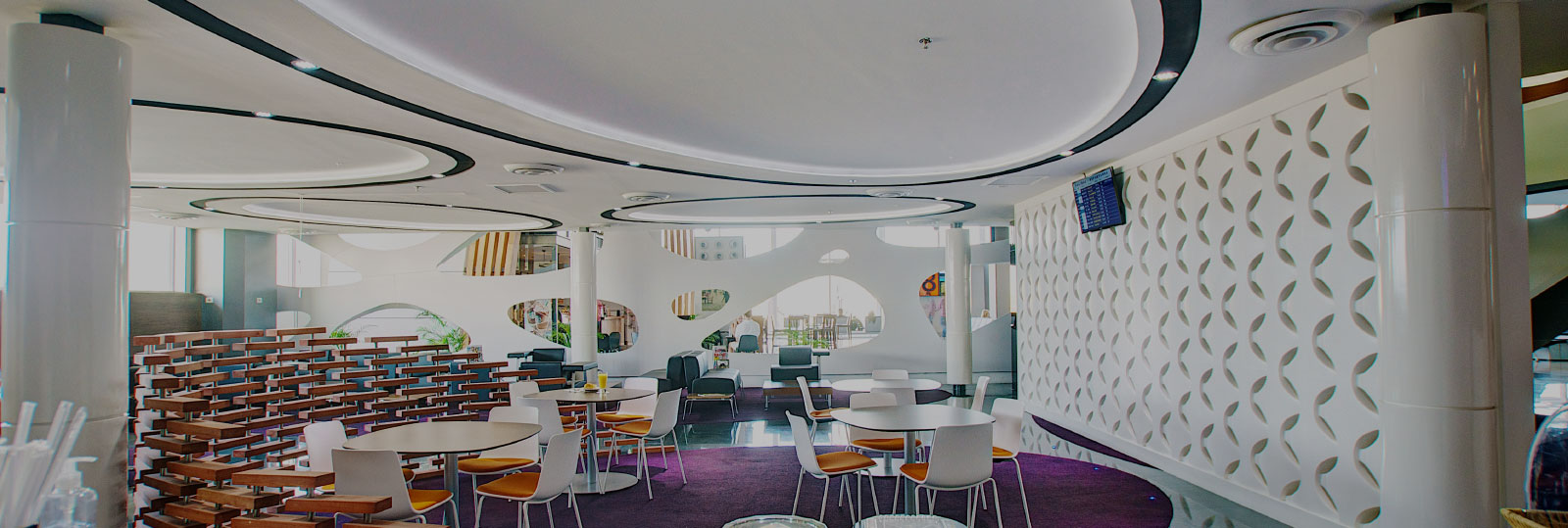Los Cabos | San Jose del Cabo International Airport
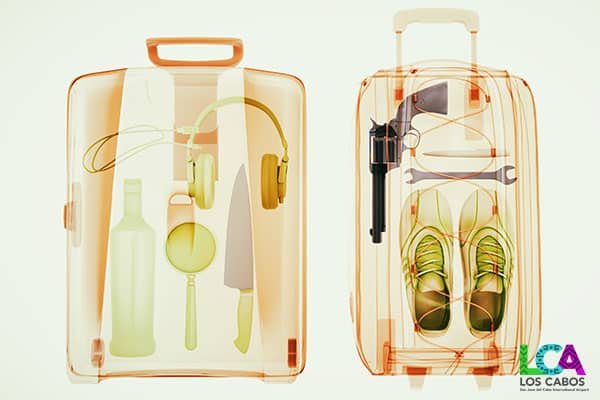
Similar to airports worldwide, Los Cabos International Airport places great emphasis on robust security protocols to ensure the safety and well-being of all travelers. Mexico’s commitment to national security encompasses a comprehensive array of security measures, encompassing both visible and discreet strategies. These measures are carefully designed to create a secure environment that instills confidence in passengers throughout their journey. From state-of-the-art screening technologies to highly trained security personnel, the airport employs a multifaceted approach that encompasses passenger safety from arrival to departure. Travelers can take comfort in knowing that every effort is made to guarantee a safe and secure experience, enabling them to focus on their travels and the enjoyment of their destination.
At Los Cabos International Airport (SJD), your safety is our top priority. In our ongoing commitment to ensuring the highest standards of security, we rely on the vigilance and cooperation of our passengers and the public. We kindly request your active participation in maintaining a secure and welcoming environment at our airport.
Be Aware and Report It is essential to stay alert to your surroundings and promptly report any suspicious individuals, vehicles, or activities that you may encounter within the airport premises. Your observations and willingness to report unusual circumstances play a crucial role in bolstering our security efforts.
What to Look For
How to Report
Your Contribution Matters Your actions and vigilance are integral in preserving the safety and well-being of all travelers and airport personnel. By working together, we can maintain a secure and comfortable environment at Los Cabos International Airport.
We sincerely appreciate your cooperation and commitment to safety. Thank you for being a valued partner in our security endeavors.
Ensuring the safety and well-being of our passengers is of paramount importance at Los Cabos International Airport. Our rigorous passenger screening protocols are an integral component of our comprehensive security strategy, aimed at facilitating safe journeys to various destinations. These meticulous screening procedures are meticulously designed to thwart any attempt to introduce prohibited items or potential threats to transportation security into the sterile area of the airport.
Our security measures are rooted in extensive historical research and analysis of transportation security, enabling us to stay ahead of evolving threats and challenges. We understand that passengers place their trust in us, and we take this responsibility very seriously. Our highly trained security personnel, coupled with state-of-the-art screening technologies, ensure that all passengers undergo thorough yet respectful security checks.
We are dedicated to creating an environment where passengers can travel with peace of mind, knowing that every effort has been made to safeguard their safety and the security of their journey. Your well-being and respect throughout this process are at the core of our security approach, allowing you to focus on your travels and the experiences that await you at your destination.
Pat-down procedures are a vital part of ensuring the safety and security of passengers at SJD Airport, and they are conducted with the utmost respect for the individuals involved. These procedures serve the purpose of detecting any concealed prohibited items or potential threats to the safety of transportation.
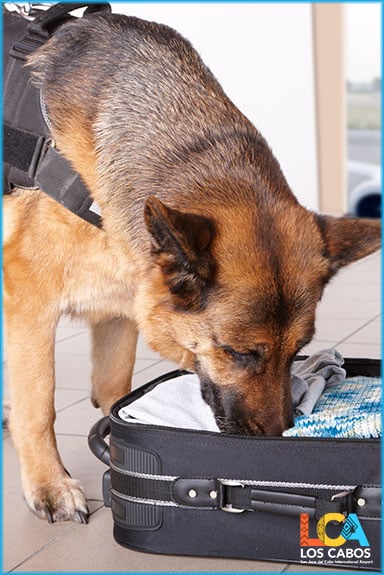
At SJD Airport, passengers may be required to undergo a pat-down procedure under various circumstances, including when screening technology triggers an alarm, as part of unpredictable security measures, for enhanced screening, or as an alternative to other screening methods. The pat-down search typically covers key areas such as the head, neck, arms, chest, abdomen, legs, and feet. It may also include a thorough examination of items worn on the head and in sensitive areas like the breasts, groin, and buttocks. During this process, passengers may be asked to make adjustments to their clothing as needed.
It’s important to note that our security staff are extensively trained to conduct these procedures professionally and with the utmost courtesy. They will always communicate and guide you through the process, ensuring that you are informed and comfortable throughout. Our priority is not only to maintain safety and security but also to respect the dignity and privacy of every passenger during the screening process. Your well-being and confidence in our security measures are central to our commitment to ensuring a safe travel experience.
Los Cabos Airport places great emphasis on security, leveraging cutting-edge technology to ensure the safety, accuracy, and efficiency of passenger screening. Our commitment to safety is exemplified by the use of advanced, non-x-ray imaging technology that offers a safe and contactless screening process. This technology adeptly detects both metallic and non-metallic threats, even those potentially concealed under clothing, such as weapons or explosives.
Passengers subject to security screening have the option to choose this Advanced Imaging Technology (AIT) screening method or opt for a physical pat-down if they prefer. Additionally, some passengers may be randomly selected for AIT screening based on their boarding pass, signifying enhanced security measures before arriving at the checkpoint. This random selection process can take place either at the main security terminal entrance or during pre-boarding at the departure gate, enhancing the overall security posture of the airport while ensuring passenger safety and convenience.
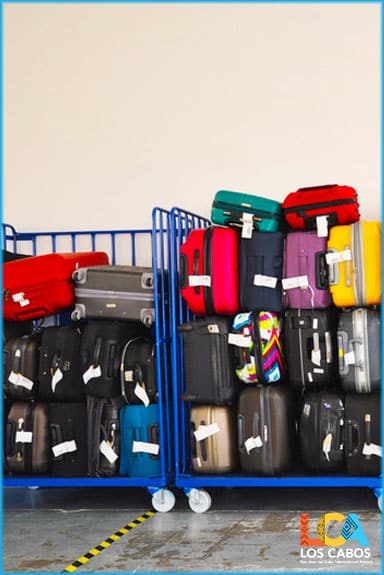
At Los Cabos Airport, our security procedures are dedicated to ensuring the safety of all passengers. As part of our commitment to security, we rigorously inspect carry-on bags for the presence of explosives and potentially dangerous items prior to your departure. To help you prepare for this process, here is an overview of what to expect and some essential tips regarding accepted and non-permitted items at Cabo Airport:
We prioritize your safety and strive to make your travel experience as smooth as possible. By adhering to these guidelines and preparing your carry-on items accordingly, you can help us maintain a secure and efficient screening process at Los Cabos Airport.
Learn more about accepted items for personal baggage at Los Cabos Airport here.
Los Cabos Airport is committed to ensuring the highest level of security and safety for all travelers. As part of our daily security protocols, we conduct rigorous checks on all baggage to detect and prevent the presence of explosives and other potentially dangerous items. These security screenings take place during the check-in process, as you prepare to embark on your journey.
Upon completing the security screening, your checked baggage will be entrusted to your airline for transportation on your departure flight. It’s important to note that a significant portion of checked baggage is subjected to comprehensive screening procedures, obviating the need for a physical bag search by a security officer.
In the unlikely event that your property is lost or damaged during the security screening process, we encourage you to initiate a claim with Mexican security personnel, who will provide you with the necessary guidance and support to address your concerns. However, if your belongings are lost or damaged either during transport to the aircraft or within the baggage claim area, we kindly request that you reach out to your respective airline. They are equipped to assist you in resolving any issues related to your luggage, ensuring a swift and satisfactory resolution to the matter. Your comfort and peace of mind throughout your journey are our utmost priorities, and we are here to support you every step of the way.
Mexican security has access control and video monitoring of checked baggage facilities as part of our security plan for your safety. Methods of monitoring vary and may include CCTV, manual inspection and alternative methods.
Standard security wait times at the SJD airport security checkpoints typically fall within the range of 5 to 10 minutes, and often, these durations may be even shorter. The length of this waiting period is influenced by several factors, which encompass the volume of departing flights, the specific time of day, levels of congestion observed at carrier check-in counters, as well as the proficiency of staffing and the operational status of security equipment. These dynamic elements collectively contribute to the overall efficiency of the security screening process.
Passengers departing on international flights are advised to check in at least 3 hours before their scheduled departure time. For domestic flights, a minimum of 2 hours prior to departure is recommended. In both cases, it is essential to ensure a valid boarding pass is issued, and all baggage is handed over to the airline within the specified cut-off times for the respective airport. Travelers accompanied by pets in the baggage compartment should be aware of an earlier check-in cut-off time specific to their situation.
Cabo San Lucas, San Jose del Cabo, Cerritos, Todos Santos, Los Barriles and the East Cape commonly known as Los Cabos are popular tourist destinations, is known for its safety and welcoming atmosphere. However, like any other destination, it’s crucial for travelers to remain vigilant and exercise prudent safety measures. While the tourist areas of Cabo are generally considered safe, taking some precautions can enhance your overall security and peace of mind. Here are some recommendations to consider:
It’s important to emphasize that Cabo San Lucas and the broader Los Cabos region are generally considered safe for tourists. The local government and authorities prioritize the safety and well-being of visitors. By taking these precautions, you can enhance your personal safety and enjoy your trip to Cabo with peace of mind.
The SJD International Airport is dedicated to providing our passengers with a safe and enjoyable experience. To ensure this, we have established a set of policies and guidelines that govern the use of our facilities, the services we offer, and the overall security measures in place.
Should a visitor to SJD encounter any emergency any emergencies, they can promptly reach out to our security personnel stationed throughout the airport or, use the following emergency contact numbers in Mexico:
The International Airport of Los Cabos ensures the security of all passengers with advanced 24/7 camera surveillance, metal detectors, and our trained security staff positioned throughout the airport.
Terminal Maps & More
The meticulously crafted maps of Los Cabos Airport serve as a valuable resource for visitors, ensuring a clear understanding of the airport's layout. These maps facilitate easy identification of the different terminals, each dedicated to specific types of flights, whether they are domestic, international, or charter. Additionally, the maps provide comprehensive details about the airport's infrastructure, including the locations of arrival gates and baggage claim areas, enhancing visitors' ability to navigate the airport with confidence and convenience.
Import Data
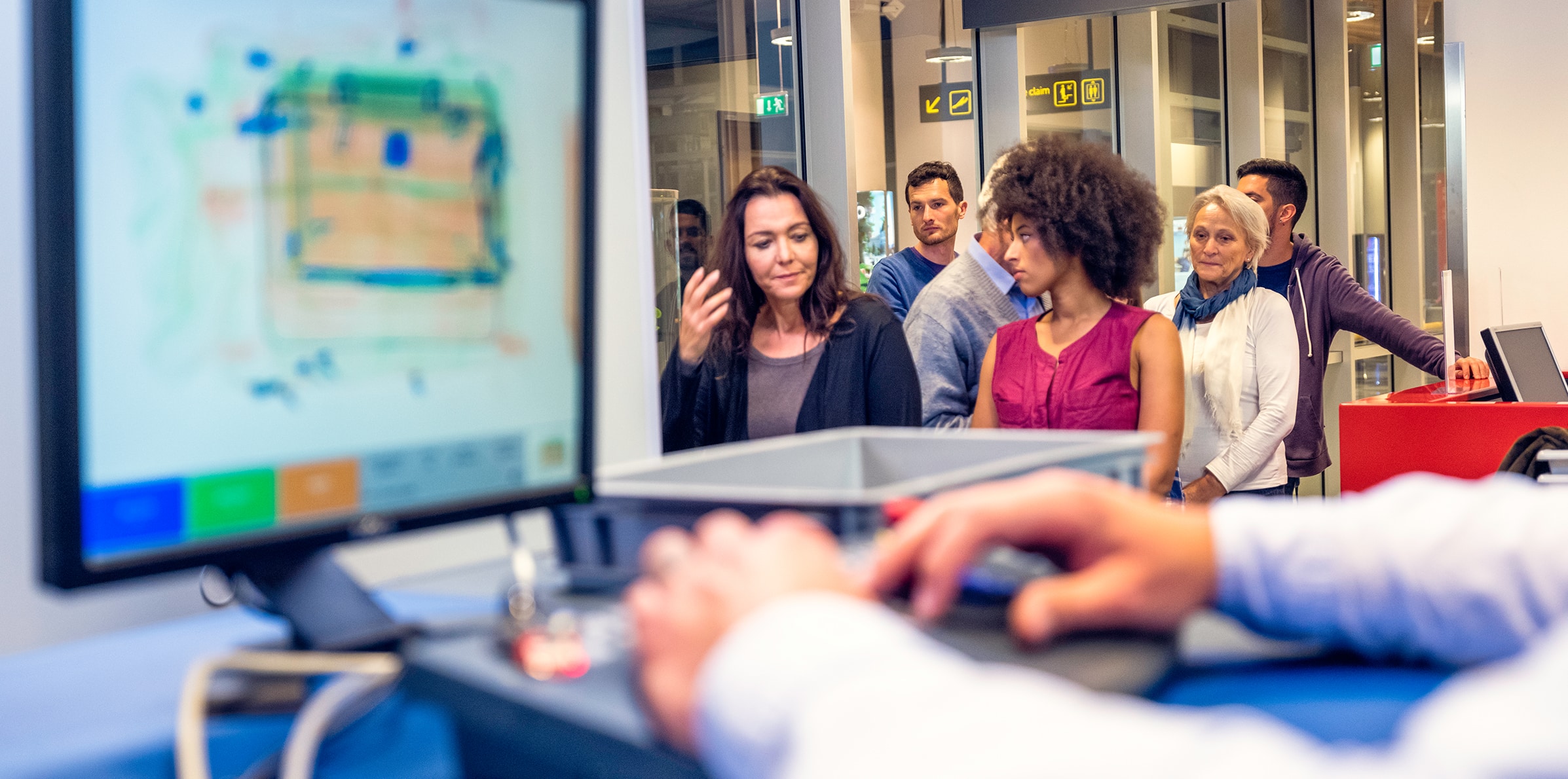
Import Data

Import Data

Import Data

Import Data
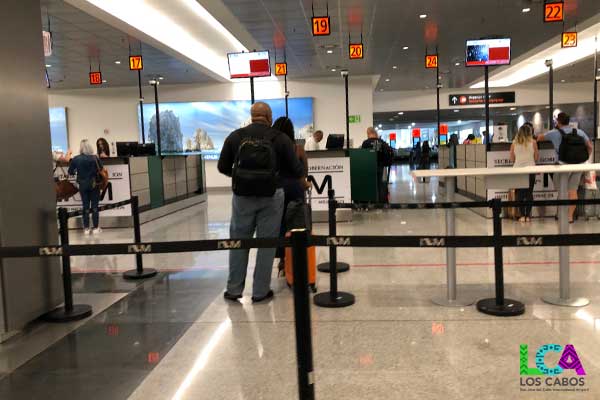
Los Cabos immigration facilitates the entry and exit of travelers, ensuring compliance with Mexican immigration laws and offering assistance for a smooth travel experience.
Learn More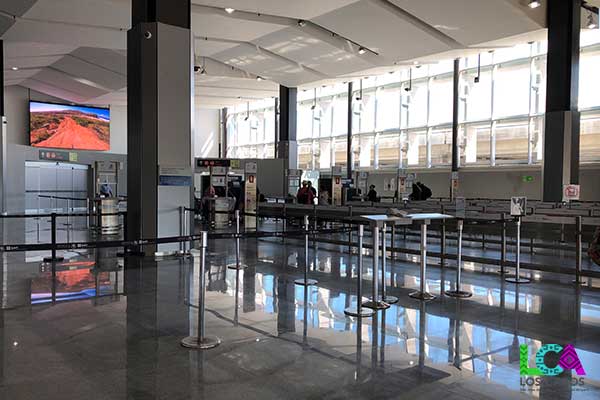
Los Cabos customs is responsible for monitoring the import and export of goods, enforcing regulations, and ensuring that travelers' belongings meet Mexico's import regulations.
Learn MoreVIP airport service provides a seamless, luxurious journey. Benefit from expedited arrival, swift immigration processes, exclusive lounges, and tailored support.
Reserve Now